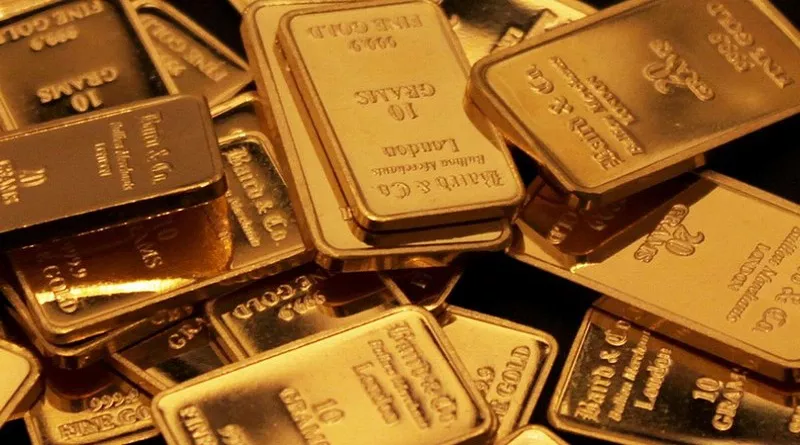The world has witnessed numerous wars and conflicts throughout history, each with its unique set of consequences and impacts on the global economy. One consistent trend that has emerged during these tumultuous times is the increase in the price of gold. This phenomenon has long puzzled economists, investors, and policymakers alike. In this article, we will delve into the complex factors that contribute to the rise in gold prices during times of war.
Understanding Gold’s Safe-Haven Status
To comprehend why gold prices surge during wartime, it is crucial to recognize the unique status that gold occupies in the financial world. Gold has been revered as a store of value for centuries, prized for its rarity, durability, and universal acceptance. It has a remarkable ability to retain its worth in times of economic instability, making it a safe haven for investors seeking to preserve their wealth.
Economic Uncertainty
War inherently brings economic uncertainty. Governments allocate substantial resources to finance military operations, leading to increased government spending and potential budget deficits. This can result in inflationary pressures, as more money is printed to cover these expenses. Gold, with its intrinsic value, becomes an attractive investment option during such times, as it is perceived as a hedge against inflation.
Investors and individuals often flock to gold to safeguard their assets from the erosion of purchasing power caused by inflation. This increased demand naturally pushes up the price of gold. Moreover, during war, the risk of currency devaluation rises, further bolstering gold’s appeal as a reliable store of value.
Geopolitical Instability
War is often accompanied by geopolitical instability. Uncertainty about the outcome of conflicts, the impact on global trade, and the potential for broader regional or global consequences can create a climate of fear and insecurity. In such an environment, investors seek refuge in assets that are not tied to any particular country or government.
Gold’s role as a non-sovereign asset makes it a preferred choice for investors looking to minimize geopolitical risk. Unlike currencies or assets denominated in a specific currency, gold is not subject to the same vulnerabilities. This demand for geopolitical insurance further propels gold prices upward during times of war.
Decreased Risk Appetite
During periods of armed conflict, investors often become risk-averse. Traditional investment options, such as stocks and bonds, can become highly volatile and unpredictable due to the prevailing uncertainty. As a result, many investors shift their portfolios toward safer assets like gold, which tend to exhibit more stable and less speculative price movements.
This flight to safety bolsters the demand for gold, driving up its price. Investors are willing to accept lower returns or even incur storage costs to safeguard their wealth in a tangible and historically reliable asset like gold.
Supply Disruptions
The extraction and transportation of gold can be severely affected by wartime conditions. Mines may be forced to shut down, and supply chains can be disrupted, leading to a decrease in the production of newly mined gold. Additionally, gold may become less accessible in conflict zones, limiting the supply available to the market.
With demand remaining relatively stable or even increasing due to the factors mentioned above, the decrease in the supply of gold can put significant upward pressure on its price. This supply-demand imbalance is a fundamental driver of gold price increases during times of war.
Central Bank Policies
Central banks play a critical role in influencing gold prices during wartime. In response to economic uncertainty, central banks may adopt expansionary monetary policies, including lowering interest rates and implementing quantitative easing. These measures are aimed at stimulating economic growth and stability.
However, such policies can also have the unintended consequence of devaluing the currency and fueling inflation. As mentioned earlier, this creates an environment conducive to higher gold prices, as investors seek to protect their wealth from currency depreciation.
Conclusion
The increase in gold prices during times of war is a multifaceted phenomenon driven by a combination of economic, geopolitical, and psychological factors. Gold’s intrinsic value, historical track record as a store of wealth, and non-sovereign nature make it an attractive investment choice when uncertainty prevails.
Investors turn to gold to hedge against economic uncertainty, protect against currency devaluation, and minimize geopolitical risk. The decreased appetite for risk during wartime, supply disruptions, and central bank policies also contribute to the rise in gold prices.
While gold has proven to be a reliable safe haven in times of crisis, it is essential to recognize that its price movements are influenced by a complex interplay of factors. Therefore, investors should carefully assess their investment objectives and risk tolerance when considering gold as part of their portfolio, especially during periods of global conflict.


